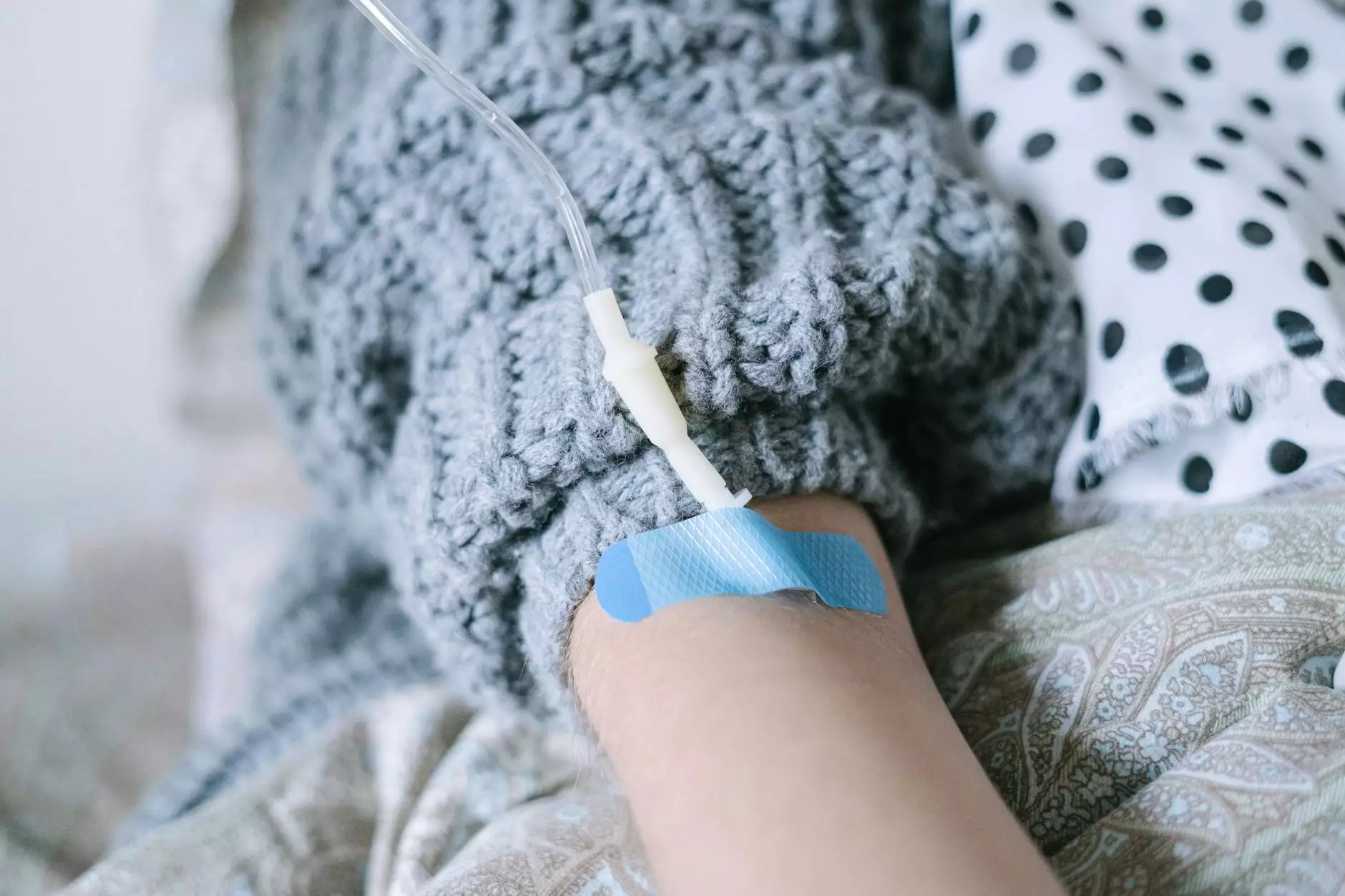Understanding the Oophorectomy Procedure: A Comprehensive Guide

When it comes to women's health, one common surgical procedure that often arises in discussions is the oophorectomy. This article dives deep into the topic of oophorectomy, exploring its significance, the procedural steps involved, potential complications, and recovery processes. Whether you're researching for yourself or a loved one, understanding the oophorectomy procedure can empower you with valuable information.
What is an Oophorectomy?
An oophorectomy is a surgical procedure that involves the removal of one or both ovaries. The ovaries are two small organs located on either side of the uterus and are pivotal in producing female hormones, including estrogen and progesterone, as well as eggs for reproduction. The need for an oophorectomy may arise from various medical conditions such as ovarian cysts, endometriosis, or ovarian cancer.
Indications for Oophorectomy
There are several reasons why a physician might recommend an oophorectomy, including:
- Ovarian Tumors: Presence of benign or malignant tumors can necessitate the removal of an ovary.
- Endometriosis: Severe cases where endometrial tissue grows outside the uterus can lead to chronic pain and may require this procedure.
- Ovarian Cysts: Large or persistent cysts that cause symptoms can be a reason for surgical intervention.
- Preventive Reasons: Women with a high risk of ovarian and breast cancer, particularly those with BRCA gene mutations, may opt for oophorectomy to reduce their risk.
The Oophorectomy Procedure: Step-by-Step
The oophorectomy procedure can be performed through different surgical methods, which include:
1. Laparoscopic Oophorectomy
This minimally invasive technique involves making small incisions in the abdomen. A laparoscope, a thin tube equipped with a camera, is inserted to guide the surgeon in removing the ovary or ovaries.
2. Open Oophorectomy
This traditional method involves a larger incision in the abdomen to access the ovaries directly. It may be necessary in cases where there are complications or when a larger tumor is present.
3. Robotic-Assisted Oophorectomy
Utilizing robotic surgical tools allows for enhanced precision during the procedure, often resulting in quicker recovery and reduced pain for the patient.
Preparing for Surgery
Preparation for an oophorectomy may involve:
- Pre-Surgical Consultation: Discussing medical history, medications, and the reasons for surgery with the healthcare provider.
- Diagnostic Tests: Blood tests, imaging studies, or biopsies may be performed to understand the condition better.
- Fasting: Typically, patients are advised not to eat or drink for a certain period before surgery.
The Surgical Process
The actual procedure usually takes about 1 to 2 hours, depending on the complexity of the case and the chosen surgical method. Anesthesia is administered, and the surgeon will follow the chosen approach to remove the ovaries. Throughout the procedure, vital signs are continuously monitored to ensure the patient's safety.
Recovery After Oophorectomy
After an oophorectomy, patients are usually monitored in a recovery room before being moved to a hospital room. Recovery times can vary based on the surgical technique used:
- Laparoscopic Oophorectomy: Patients might be able to return home within a day or two and can expect a recovery period of about 1 to 2 weeks.
- Open Oophorectomy: A longer hospital stay may be required, with recovery taking 4 to 6 weeks.
Risks and Complications
As with any surgical procedure, there are potential risks involved with oophorectomy, which include:
- Infection: There is always a risk of infection at the incision site.
- Bleeding: Excessive bleeding during or after the surgery may necessitate a blood transfusion.
- Anesthesia Complications: Reactions to anesthesia can occur, though they are rare.
- Hormonal Changes: Removal of the ovaries can lead to menopausal symptoms if both are removed.
Long-Term Effects of Oophorectomy
While the immediate recovery focuses on healing from surgery, women who undergo oophorectomy must also consider the long-term effects:
- Menopause: If both ovaries are removed, menopause will occur suddenly, which can lead to several uncomfortable symptoms.
- Hormone Replacement Therapy (HRT): To counteract the loss of estrogen, some women may opt for HRT, which can alleviate symptoms associated with menopause.
- Fertility: Women undergoing oophorectomy should be aware that if both ovaries are removed, natural conception is no longer possible.
Conclusion
In summary, understanding what is a oophorectomy procedure is crucial for any woman facing health challenges related to her ovaries. Being informed about the reasons for the procedure, the surgical process, recovery, and potential long-term impacts can help you make empowered decisions regarding your health.
If you have concerns or questions about the oophorectomy procedure, it's vital to consult with a qualified healthcare professional. For personalized care and expert advice, consider visiting Dr. Seckin, a trusted name in women’s health and gynecological surgery.









